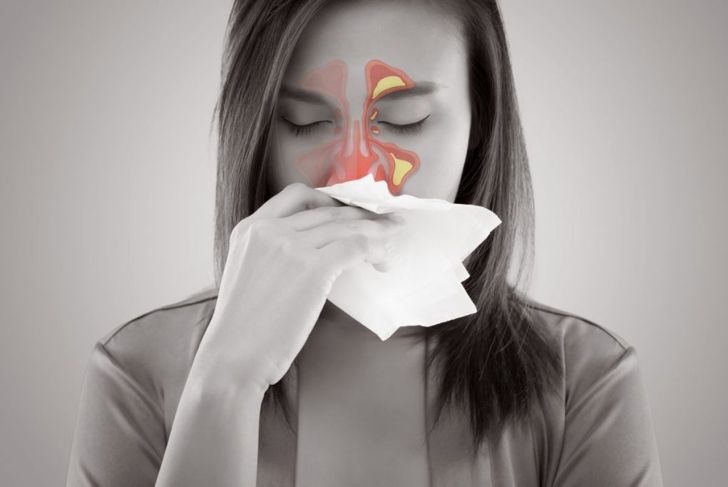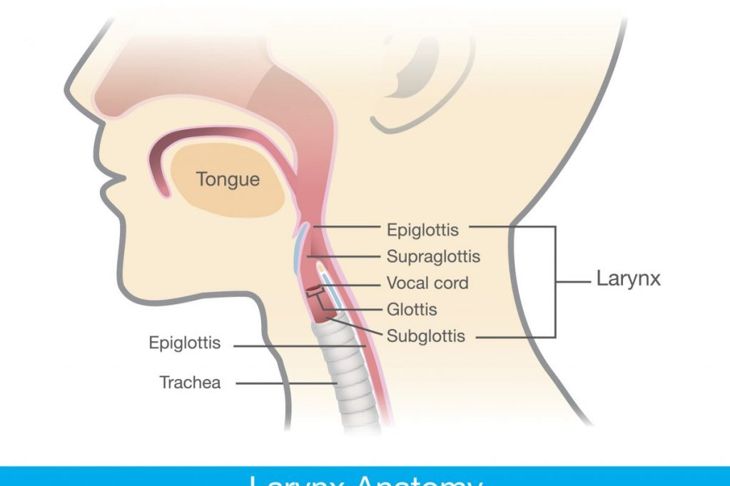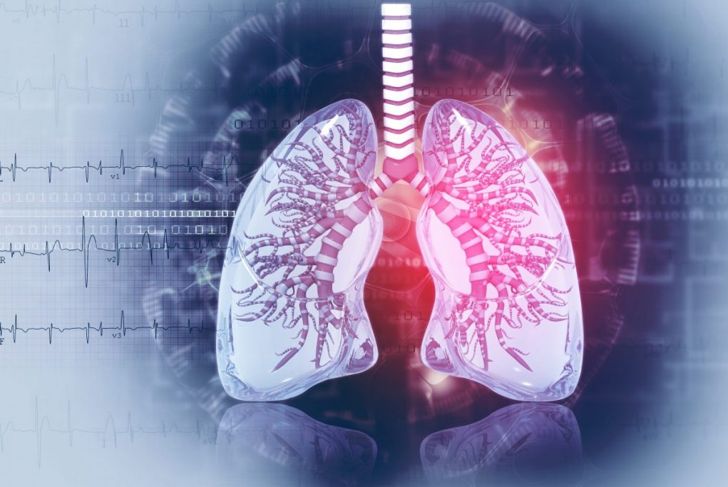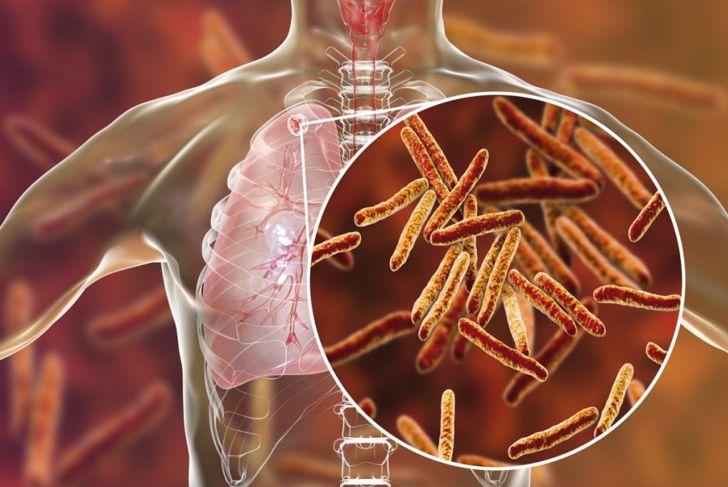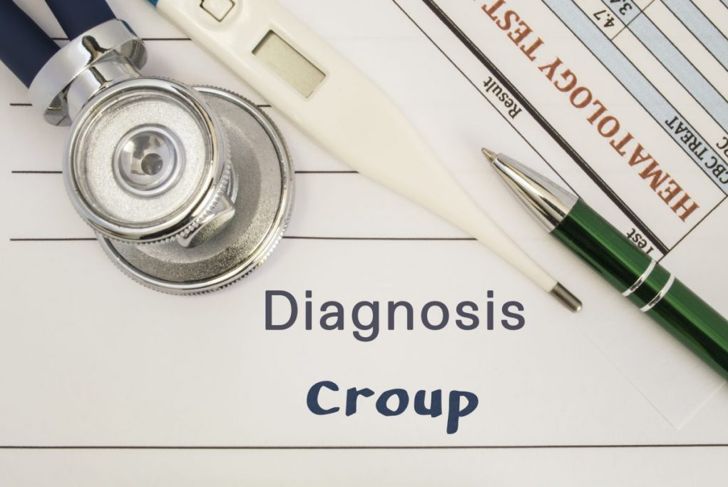The lungs are responsible for the essential process of respiration. These cone-shaped organs expand and contract to deliver oxygen to the body. They also remove carbon dioxide, a waste gas, from the blood. As with most body parts, however, issues such as bacterial or viral infections can compromise them. Depending on the specific cause, affected individuals may require prompt medical treatment to avoid serious complications.
Acute Bronchitis
Acute bronchitis is a lower respiratory infection. The bronchi—the airways of the lungs—become inflamed, leading to what is often referred to as a chest cold, and symptoms including a sore throat, wheezing, cough with mucus, shortness of breath, and fever. While viruses are the most common culprits, acute bronchitis can also result from bacteria or irritants such as tobacco smoke. In most cases, the condition is self-limiting and does not require treatment.
Sinusitis
An upper respiratory tract infection, sinusitis occurs when the nasal sinuses become inflamed. Some of the most common symptoms include facial pain, postnasal drip, nasal congestion, nasal discharge, and headache. In some cases, there may also be a fever. Sinusitis often results from a virus, though bacteria and pollutants can also prompt the condition. Fortunately, sinusitis typically resolves without treatment. In some severe bacterial cases, the person may need antibiotics.
Pneumonia
Pneumonia is a bacterial infection that causes the lungs—either one or both—to become inflamed. Depending on the severity, the air sacs may fill with fluid, making breathing difficult. Other symptoms include chest pain, fatigue, fever, chills, cough, and shortness of breath. A variety of pathogens can cause pneumonia including viruses, bacteria, and fungi. In the case of bacterial pneumonia, antibiotics are the drug of choice. Other medications such as analgesics can help relieve fever and discomfort.
Epiglottitis
Epiglottitis is an infection of the flap of stiff tissue at the base of the tongue—the epiglottis. If left untreated, it can lead to potentially life-threatening airway obstruction. Some of the most common symptoms include fever, severe sore throat, difficulty breathing, difficulty swallowing, and drooling. Both viruses and bacteria can cause epiglottitis. Given the risk of complications, treatment—which may include intravenous antibiotics—is almost always necessary.
Pharyngitis
Pharyngitis refers to inflammation of the pharynx, which is the cavity behind the nose and mouth. An upper respiratory tract infection, it leads to various symptoms including a sore throat, headache, cough, chills, fever, muscle aches, and swollen lymph glands. If a virus causes pharyngitis, the condition will typically resolve on its own within a week. In the case of bacterial pharyngitis, a doctor may prescribe antibiotics.
Bronchiolitis
Bronchiolitis is another lower respiratory tract infection, this time affecting the bronchioles, the tiny airways of the lung, which become inflamed. Most common in young children and infants, the condition often resembles the common cold in the beginning stages. Over time though, it can lead to wheezing, labored breathing, vomiting, poor appetite, rapid heartbeat, and shallow breathing. Fortunately, most cases are mild and do not require specific treatment. If doctors do prescribe medication, bronchodilators that open the airways are most common.
Tonsillitis
When a person develops tonsillitis, the tonsils—a pair of lymphoid tissues located at the back of the throat—become inflamed due to a viral or bacterial infection. Most often diagnosed in children, tonsillitis leads to a sore throat, difficulty swallowing, chills, fever, and stomachaches. While most cases are self-limiting, some situations require treatment such as antibiotics or a tonsillectomy—that is, surgical removal of the tonsils.
Tuberculosis
Mycobacterium tuberculosis causes the highly contagious disease tuberculosis. Spread through tiny droplets, the infection can be latent or active, and the former can last for several years. Some of the most common symptoms include prolonged coughing, chest pain, unintentional weight loss, night sweats, chills, loss of appetite, fatigue, and fever. Anyone who contracts tuberculosis will require treatment which involves taking antibiotics for at least six months.
Croup
Croup is a viral infection that causes the airways below the vocal cords to swell. Common in babies and toddlers, the condition leads to a harsh, barking cough. It can also cause heavy breathing, fever, difficulty swallowing, and drooling. Fortunately, most cases are mild, and treatment is rarely necessary. However, some situations may warrant immediate medical attention—such as when the child experiences severe breathing difficulties.
Pertussis
Pertussis or whooping cough is a bacterial disease for which the bacterium Bordetella pertussis is to blame. Highly contagious, the infection almost always causes violent coughing fits that can lead to cracked ribs. Some other symptoms include vomiting, extreme fatigue, fever, and nasal congestion. Early diagnosis and treatment help prevent the spread of the disease. Antibiotics are especially effective at speeding recovery.

 Home
Home Health
Health Diet & Nutrition
Diet & Nutrition Living Well
Living Well More
More
